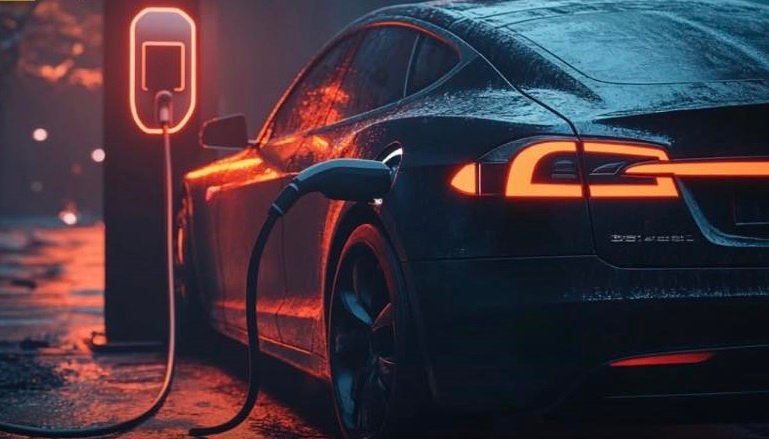The Federal Government of Pakistan, in collaboration with the Ministry of Industries and Production, has officially unveiled the New Energy Vehicle (NEV) Policy 2025–2030. The initiative outlines a long-term roadmap to shift the nation from fuel-based vehicles toward electric mobility, focusing on both 2-wheelers and 4-wheelers.
According to a policy brief by the Islamabad Policy Research Institute (IPRI), the new plan emphasizes the development of charging infrastructure, pilot battery swapping projects, and public awareness campaigns. At the same time, it offers subsidies, tax breaks, and reduced import duties to make electric vehicles (EVs) more affordable, while encouraging public–private partnerships for local manufacturing.
Key Targets of the NEV Policy
- 30% of new vehicles electric by 2030
- 90% by 2040
- Complete transition by 2060
If implemented effectively, the plan could save Pakistan up to $64 billion in oil imports by 2060, while creating jobs in EV assembly, battery production, and charging services.
Policy Roadmap in Three Stages
- 2025–2030: Build charging stations, test battery swapping, and raise public awareness.
- 2030–2035: Expand local manufacturing and increase EV penetration across urban and rural areas.
- 2035–2040: Ensure EV affordability for mass adoption.
The policy also recommends using AI and machine learning to optimize charging infrastructure placement and monitor the effectiveness of incentives.
Opportunities and Challenges
On paper, the NEV policy promises cleaner air, reduced smog, lower oil bills, and green technology development. Families could save significantly on fuel costs and enjoy a pollution-free environment.
However, execution remains the biggest challenge. Issues such as infrastructure development, technological readiness, and consumer acceptance will decide the success of this ambitious transition.
The real question is whether Pakistan can deliver on these commitments and convince everyday car buyers to embrace EVs as the smarter, cost-effective choice.






